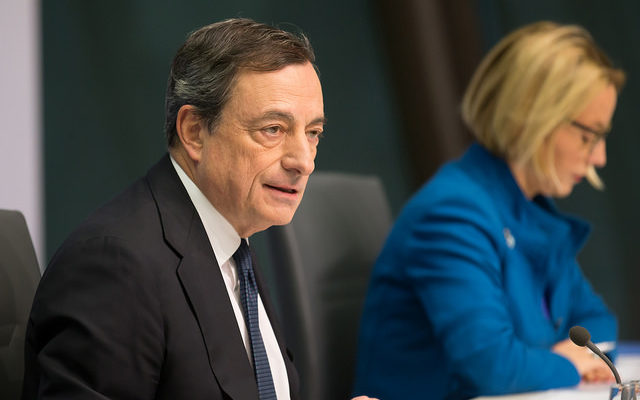
Summary:
- ECB meets in the backdrop of the French elections
- No changes to monetary policy are expected at this week’s meeting
- ECB officials maintain that current policy is appropriate
- Only concrete signs of an increase in inflation will see an appropriate policy response from ECB officials
The European Central Bank will be meeting this week on April 27. No changes to monetary policy are expected at this week’s meeting as the central bank meets amid a high level of uncertainty on the back of the French elections where the focus turns to the second round due in May.
Tame inflation expected to keep officials muted
The central bank is likely to maintain its forward guidance with the likelihood of stressing that it will maintain an accommodative stance on easy monetary policy. Recent inflation figures showed that after a brief spell of inflationary pressures, both the headline and core inflation rate slipped in March.
While the headline CPI made news a few weeks ago as inflation touched 2%, the 1.5% rise in March on the headline consumer prices and a 0.7% rise in the core inflation rate which was slower than the previous months are likely to weigh on the ECB officials.

Eurozone Inflation Rate, March 2017: 1.5% YoY
The central bank had maintained a cautious stance even before, despite some calls from within the governing council calling for the central bank to come out more hawkish. Back then, ECB officials flagged the core CPI as a main metric citing that while headline consumer prices rose, the core CPI failed to rise.
Oil and energy prices were one of the main factors behind the increase in the headline inflation rate thus indicating that the broader measure of inflationary pressures was still missing. In March, energy prices rose 7.4%, down from 9.3% increase registered the month before.
According to the Eurostat, inflation fell in 17 member states compared to the previous month, while six member states registered an increase in inflation and remained stable in six other member states. Energy prices and food contributed to the inflation rate while telecommunications, travel and clothing pushed inflation lower.

